Big Sioux River
Geography
The Big Sioux River is a tributary of the Missouri River, spanning approximately 419 miles (674 km) in length. It originates in the Coteau des Prairies, a plateau located in northeastern South Dakota, and flows southward, eventually joining the Missouri River near Sioux City, Iowa[1].
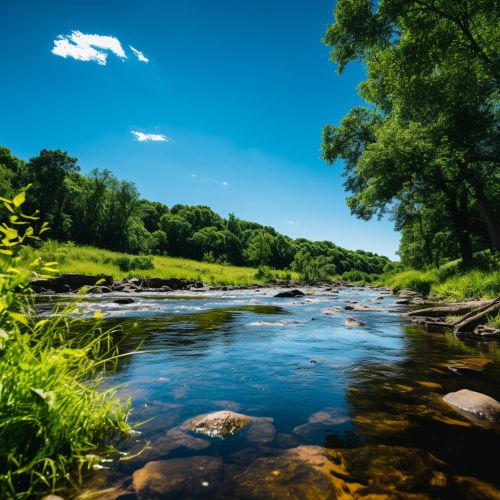
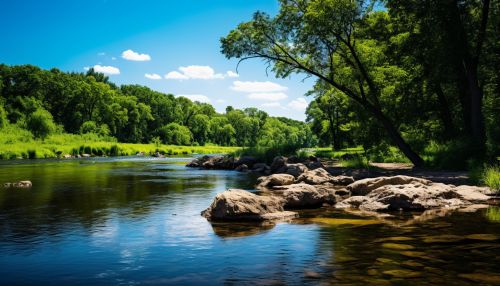
The river's course is defined by several distinct geographical features. It flows through the Prairie Pothole Region, a vast area of wetlands and small lakes, and the James River Basin, a major tributary of the Missouri River. The Big Sioux River also passes through the cities of Brookings, Watertown, and Sioux Falls, where it forms a significant part of the city's landscape[2].
Hydrology
The Big Sioux River's flow is influenced by the region's climate, with the highest flows typically occurring in spring due to snowmelt and rainfall. The river's discharge is monitored by the United States Geological Survey (USGS), which operates several stream gauges along its course. The USGS also conducts studies on the river's water quality, which has been impacted by agricultural runoff and urban development[3].
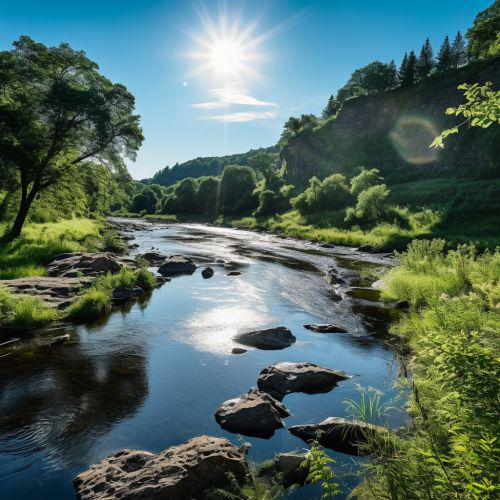
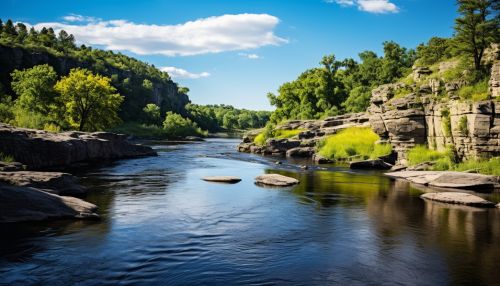
Ecology
The Big Sioux River is home to a diverse array of plant and animal species. Its riparian zones support a variety of trees, including cottonwoods, willows, and boxelders. The river's aquatic ecosystem is inhabited by numerous fish species, such as the northern pike, walleye, and channel catfish. The river corridor also serves as a critical habitat for bird species, including the bald eagle and the great blue heron[4].
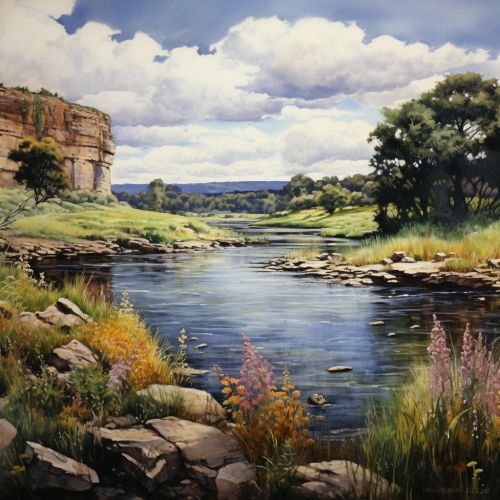
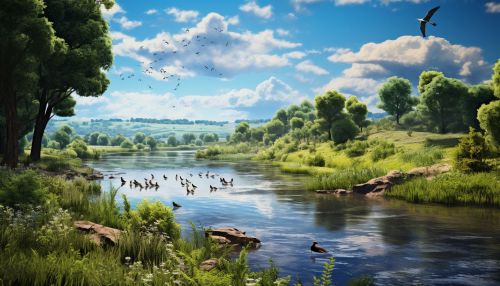
Recreation
The Big Sioux River offers numerous recreational opportunities. The river is a popular destination for fishing, canoeing, and kayaking. Several parks and nature reserves, such as the Big Sioux Recreation Area and the Outdoor Campus in Sioux Falls, provide access to the river and its surrounding natural beauty. The river is also the centerpiece of the Sioux Falls Greenway, a system of trails that follows the river's course through the city[5].
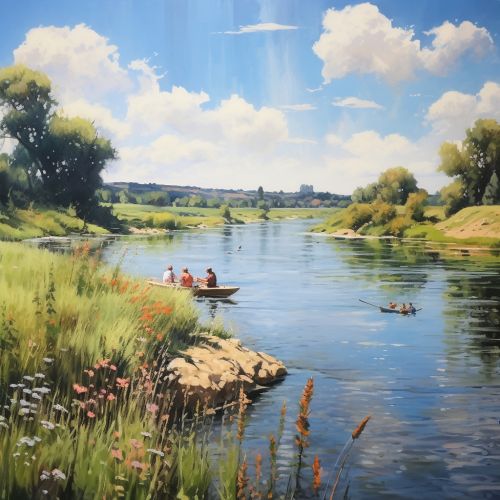
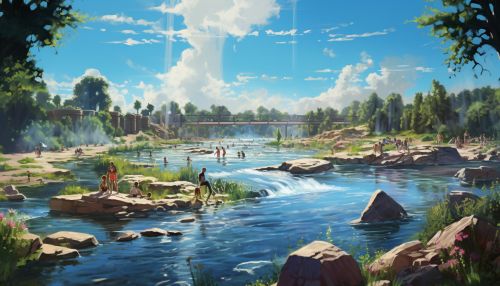
Conservation
Efforts to conserve the Big Sioux River and its watershed are led by various organizations and government agencies. These initiatives aim to protect the river's water quality, restore its natural habitats, and promote sustainable land use practices. Key conservation strategies include riparian buffer restoration, stormwater management, and public education about the river's ecological importance[6].
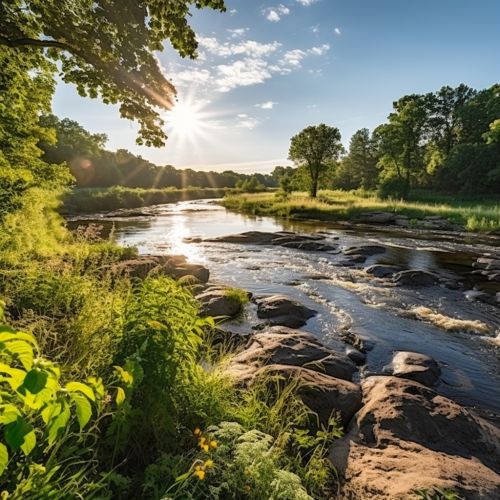
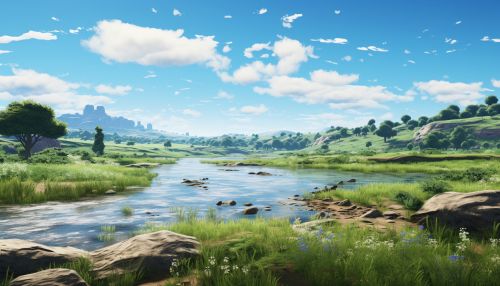
See Also
References
- ↑ U.S. Geological Survey. National Hydrography Dataset high-resolution flowline data. The National Map, accessed March 30, 2011
- ↑ The Big Sioux River: A Historical Overview. South Dakota State Historical Society, 2003
- ↑ Water Quality in the Big Sioux River. U.S. Geological Survey, 2017
- ↑ Wildlife of the Big Sioux River. South Dakota Game, Fish, and Parks, 2015
- ↑ Recreation on the Big Sioux River. Sioux Falls Parks and Recreation, 2020
- ↑ Conservation in the Big Sioux River Watershed. East Dakota Water Development District, 2018
